|
This is a "living document" that will get edited or added to from time to time as new questions come up that we think others may want to know...
What is the difference between a Rally, Guided Tour, and Group Ride? A Rally is a gathering of a larger group of riders (30 or more) where Appalachian ADV sets up a base camp and various ADV and ADV Dual Sporting loops for people to ride. Attendees have the ability to choose which loops to ride, sometimes self-guided or with a group. Generally we provide camping and some of the meals, have some type of door prizes/goodie bags from various sponsors, and occasionally some type of motorcycle-related presentations or training. A Guided Tour is set up for a more intimate experience with a smaller group of 10-12 riders using either a single base camp or multiple camping stops. Attendees stick together in one group with the Ride Lead guiding the group. Routes are built and customized to bring riders an amazing ADV experience using various surfaces and into not-often traveled areas of the wilderness. The Ride Lead will bring you through beautiful scenery, historical sites, and small towns utilizing multiple terrain types including trails when applicable. Some meals as well as door prizes/goodie bags from various sponsors are provided. For a Group Ride we find a great place to ride and invite everyone to head over there and camp, ride, and utilize the local small businesses for supplies. Group Rides can be self-paced, self-guided. Appalachian ADV will generally lead groups around as well. Bring some friends and/or find new ones at camp and go for a ride. We throw all the information you need on our website, including hyperlinks, to make it easier for you to come out and ride for the weekend. These are Pay-Your-Own-Way events where we want to highlight excellent riding areas and the awesome small businesses in the area that rely on or would benefit from motorcycle tourism. How do you come up with pricing for your various events? As an LLC there are various expenditures that we take on by performing events, especially for the tours that are performed on federal and state lands. Multiple permit fees; insurance requirements; sanctions with the American Motorcyclist Association (where applicable); some level of compensation for our base camp crews and volunteers; the man hours to develop the routing, event schedules, meal plans for each event, coordinating with our sponsors and collaborators, advertising including website design, newsletters and social media as well as general business administration; fees for services required to perform the events such as lodging/camping, trash, equipment rentals, meals and meal preparation; etc. etc. etc. The larger the event, the more the cost of the event is spread out to each ticket. The fact that there only 10 riders plus a Lead and Sweep on our tours means the price per person is a bit higher, but the smaller group is part of the fun and more manageable as far as customization. We offer various events types for different skill levels and different price points and love to see people coming out to multiple events. Our prices are generally lower than most of our peers across all event types and I like to think we offer a level of service that is above the expectation including providing some awesome products or discounts from our amazing collaborators and sponsors. Some event types are not everyone's "cup of tea", completely understand that. Which is why we offer different options, i.e. rallies, clinics, fundraiser rides, and tours. The Allegheny Backcountry Adventure Loop Guided Tour is definitely one of my favorites to run, it is a true ADV ride and reminds me why we wanted to start this thing in the first place! The Beginner to Intermediate ADV & Dual Sport Riding Clinics are definitely some of the most rewarding events. Giving riders a place to test themselves and seeing the light bulb click when things start coming together for them continues to be inspirational. Through all of the events, watching camaraderie form between diverse people from different backgrounds is one of the foundations of our mission. Newer riders who are trying to figure out all of the facets of ADV riding or riders who don't want to or just don't have the time to put in the effort or who just want to enjoy an adventure without worrying about navigation have found our tour events fun, useful, and worth their time and effort (and many have also come back to a different tour, rally, clinic, or fundraiser ride). There are also those who will want to utilize someone with an in-depth knowledge of the area to help them find things (i.e. sites of historical significance or other regionally unique spots, hidden or not-well-known thoroughfares such as 2-track, rail trails, and other surfaces, etc.) that they might not know about or easily stumble upon and may struggle to put all of them in a multi-day route. We put in a ton of time and effort to make each events' routing packed with all types of goodies to stoke all of our riders' senses. As we've stated in social media comment replies and here on our website, different events have different target audiences and not every event will be everyone's "cup of tea". That is reasonable and completely understandable, which is why we run multiple event types with different set ups and amenities to provide the opportunity for people to come and check out what we are doing. The Allegheny Tour event is catered a bit more towards beginners, people who are just getting into Adventure Motorcycling and want a place to see what its all about in a smaller group, with a Lead that also coaches riders at our Beginner to Intermediate ADV and Dual Sport Riding Clinics. We are a small business performing small events on a fairly large scale. Our event calendar runs from around March into October and each event requires meticulous preparation. As the owner, I still work as a Per Diem Clinical Laboratory Scientist in a local hospital and help our friends at Street Track 'n Trail with special projects throughout the year. My wife is part of the Base Camp Crew but also works full time so that we can make all of the ends meet. Appalachian ADV is a labor of love.
What is an American Motorcyclist Association Sanctioned Event?
Appalachian ADV has been Chartered as a Recreational Promoter with the AMA. By Chartering with the AMA, Appalachian ADV stands with the organization to help protect motorcyclists' rights. When browsing our Events page you will notice certain events are Sanctioned with the AMA. Some Appalachian ADV events are Sanctioned to align with the safety and educational mission of the AMA, to follow the AMA's standards for event operation, and to help with promotion of our rides. Membership with the AMA is not required to attend our Sanctioned events but we do encourage you to give them a look and join! How do you classify each surface type in your rides? The different surface types Appalachian ADV uses for its routing includes on-road and off-road. On-road surfaces include pavement, gravel roads, and dirt roads that are generally considered "maintained" (these can include easy-going 2-track). These are generally state, county, and township roads as well as forest service/fire roads that require plated bikes and "M" endorsed driver's licenses. Off-road surfaces include drivable trails (i.e. Jeep trails or rough 2-track), off-highway vehicle (OHV) or off-highway motorcycle (OHM) trails, other dual sport-type trails, and are generally considered "unmaintained". Some of these types will also require plated bikes or trail passes from a forest service agency. The conditions of gravel roads, dirt tracks, and the various off-road trails can change with the seasons and the weather. Paved roads of various disrepair should also find cause for caution. Appropriate mental awareness and the proper precaution should be taken when the various surfaces are wet, leaf-covered, or snowy/icy.
"[Appalachian ADV's] depth of knowledge and experience in ANF and beyond is exceptional!" -Purple Lizard Maps
ADV Rider Classifications for mid- to large-bore motorbikes (non-loaded bike, i.e. no luggage):
Beginner is classified as someone who is newer to riding but gaining comfort on the street and rare gravel roads. The rider is still learning the fundamentals of street riding and is uneasy on the bike in the loose, unsteady surface of gravel (bike feels planted on the street but the transition to loose gravel and sliding tires still tightens the rider). Pace of riding is slow to average (speed of bike, amount of breaks, time needed for breaks). Beginner-Intermediate is someone with several years experience and comfort on street, gravel, and dirt roads. Just starting to get into “off-road” style terrain such as less maintained gravel and dirt roads (mud, water puddles, ruts); short, clear, shallow, flat bottomed water crossings; varied off-camber turns & hills (shorter, low slope); starting to understand the physics of ADV bike manipulation (bike lean, body counter-balance, center of gravity, sitting vs. standing, tight turns, slow maneuvers, etc.); and more at ease on looser terrain. Maintained to unmaintained ratio still balanced towards street – majority of riding still occurs on easier terrain with jaunts into more difficult surfaces here and there. Pace of riding is average on maintained, slow to average on less-maintained. Intermediate has experience on street, gravel, dirt roads of various conditions including drivable trails (2-track); gaining experience in off-road style terrain as noted above but with slightly greater difficulty levels (i.e. messier water crossings, longer/steeper hill climbs, rock gardens, muddy conditions including water holes and ruts, tight turns and off-camber turns, progressively better handling at slow speed maneuvers); physics of ADV Bike manipulation starting to click, rider execution failing less often. Rider has taken on OHM/ATV-type trails in short spurts as well as some rougher drivable trails/Jeep trails. Pace of riding is average. Maintained to unmaintained ratio more balanced. Intermediate-Expert, also noted as Upper Intermediate has gained experience on most surface types and rider execution hits the mark a majority of the time or the rider can recover from a missed execution on the fly a majority of the time (bike does not go down). Along with surface types noted, rider has also gained some level of experience on single-track (easier-level as compared to a dirt bike). Pace of riding is average to above average (take into account some difficult terrain should be and will need to be taken at slower speeds). Maintained to unmaintained ratio is balanced to an off road lean (the routing itself may be balanced but the off road sections can be longer, more difficult, &/or not spread out as far). Expert level can tackle a full day with rare to no maintained thoroughfares; can set a pace of average to fast but can slow crawl and balance the bike through ADV Bike manipulations noted above. Still falls once in a while! A few notes in reference to an ADV bike loaded with luggage: newer riders will need to learn to accommodate the differences in their bike when loaded down with multi-day moto-camping gear loads specifically in overall weight, handling, tip-over angle, added width, braking distance, suspension, etc. A whole other aspect of motorbiking must be learned when starting to camp and live off the bike for multiple days, especially when tackling rugged terrain (i.e. Allegheny Backcountry Adventure Loop Intermediate-Expert Guided Tour that tackles OHM trails with loaded bikes). Generally, packing less than what you think you'll actually need, balancing the load/where to put stuff, accommodating for the widening of your bike due to panniers and not hitting things such as gas station pump protection poles or trees/obstructions when hitting tighter trails. More below on moto-camping for Guided Tours. What is the difference between an "all-skills-level" ride and an event set up for any skill levels? Generally, "all-skills-level" or "all-skill-levels" means that the ride, loop, or event can be ridden by any rider with any skill level. An example would be the American Legion Fundraiser Group Rides that has an all paved road loop and an "all-skill-levels" ADV loop. This means that the ADV loop is set up for any rider to be able to complete. The ANF Jamboree Powersports Rally also has several "all-skills-level" ADV loops set up so that riders of any skill level can complete. Our Rallies are set up for any skill level, meaning we will have loops set up for each skill level or group of skill levels. At our Fools Ride on April Fools' Ride ADV Rally we will have beginner to intermediate loops, an intermediate loop with expert challenges, and an expert-only loop. A ride for every skill level. What are some of the expectations of riding gear for participants? Riders must wear a full face helmet with eye protection (can be built into helmet) and sturdy motorcycle boots at a minimum. We also highly recommend the use of gloves and a full set of body armor (i.e. knee/hips/elbow/shoulder pads, chest protector, back protector). Appropriate and a full line of armor helps mitigate some of the risks of ADV Motorbike riding. Remember to also dress for the weather, utilizing layers and/or waterproof gear. A great example of quality riding gear from a family owned small business, created based on sound fundamentals of quality and design is Gryphon Moto. Gryphon prides themselves on thinking "outside the box" and utilizes their 40+ years of experience in the motorcycle industry to create awesome protection inside stylish and functional designs. Check out an article about some of the Gryphon gear that Kane has had a chance to get dirty... Gryphon - Lion's Valor, Eagle's Elegance. Are there any recommendations for setting up my bike before an event? Bike protection required for Intermediate to Expert level rides (recommended for Beginner) is a skid plate. Other highly recommended bike protections includes crash bars, sturdy hand guards such as Barkbuster, collapsible mirrors, radiator guard, engine case covers, headlight guards, etc. Appropriate bike armor helps mitigate some of the risks of bike damage and potential mechanical failures when out on the courses. See our review of the T7 that also lists all of the bike protection items that we used to build the #TankTenere700! One of the most important bike setup items is definitely the tire. The one thing that effects bike handling more than any other, tires can make the day better or worse. Traction through multiple surface types is paramount. A minimum 50/50 tire is required for all levels but we strongly suggest a more dirt-oriented tire that includes some level of knobblies if you will be tackling Intermediate to Expert style rides, rides including off-road style terrain, and for our Riding Clinics (see above for terrain ratings). You will have a better time on the courses, especially on the off-road style tracks. Not all 50/50 tires are the same! We think the most important equipment on an ADV bike that is riding dirt/gravel roads & off road/unmaintained terrain is the tire. The tread pattern and air pressures are what makes getting through rough stuff easier (or harder!). Appalachian ADV recommended tires include MOTOZ Tractionator Series. We have tested out many brands and the Motoz tires are hands-down the best ADV tire available. The Rallz (80/20 dirt/street) is the best for #DirtBikingaT700 but the Tractionator Adventure (rear) and Dual Venture (front) (both 70/30) have also been able to handle everything we've thrown at them (article hyperlinked, jump in the saddle and test them out!). The biggest difference found between the two is mud evacuation. The Rallz outperforms the Adventure slightly in that manner but runs fairly similarly otherwise. If you are leaning more into gravel, dirt, and trail then these combos are the way to go. Leaning more balanced with various pavement (superslab to twisty), the GPS is a great 50/50 option with the ability to reverse the tire for more off-road capability if and when you need it. Also to note, the Dual Venture front is also reversible to help extend longevity. The Dunlop D908 Rally Raid, Bridgestone Battlax AX41, Michelin Anakee Wild, Heidenau Ranger, Shinko 804/805, Kenda Big Blocks, Mitas E-series, or similar tread patterns are also good choices. If you are unsure about your current set up for an event, contact [email protected] for any questions. It is also worth mentioning that your bike should be up to date on all maintenance requirements. If you recently performed any major maintenance it would be a good idea to take your bike out on a test ride prior to coming out to an event to ensure everything was buttoned up appropriately. Roadside repairs are always a fun team building opportunity and there will routinely be flat tires and tubes but lets try to keep the major issues to a minimum!
Any recommendations on specific camping gear for Guided Tours? Keeping your bike load light is ideal so we recommend backpacker-style gear or gear specifically made for ADV riding. This type of gear is generally made with ultra-light materials that pack down small and tight. MotoCampNerd.com is a great resource with products that are perfect for ADV Touring. The basics for camping include a tent, sleeping bag, sleeping pad, and pillow. As noted, ideally light and packable. For these items I personally use Nemo Equipment: Dragonfly Bikepack Tent, Riff Spoon-Shaped Down Sleeping Bag, Tensor Ultralight Sleeping Pad & Fillo Backpacking Pillow (inflatable layer plus a memory foam layer). They all pack light and work extremely well for my side-sleeping. The Dragonfly Bikepack is technically designed for bicyclists but is perfect for the ADV motorbikes too! There are other nice to have items that may not be absolutely necessary. Some supply a level of comfort, some make a task or operation easier, and others may just take up space and weight but are rarely if ever used. A camp chair is nice but not 100% necessary, depending on the camping location(s). If you opt for a seat, just remember small and light that packs tight. A knife, multi-tool, and/or hatchet are always handy when camping and generally take little space. SOG has quality knives and tools and I found the Voodoo Hawk Hatchet to be of good use. Small enough to fit in a pannier and is relatively light with multiple uses (splitting wood, hammer handle for tent stakes, etc.). Fire starters, butane lighter, small hiking cooking gear, a micro-camping stove, and small camping fuel canisters are good additions if you plan to cook or heat water at camp. Compression sacks are ideal for extra clothes and can be used as a pillow or extra loft for your Fillo. Same premise here, you probably won't need as many clothes as you initially think. On longer rides, I will carry a couple single-use size detergent packets if things start to get funky. The most important item, COFFEE! For our Rallies we will provide this cornerstone of civilization each morning. For Guided Tours and Group Rides, we recommend being prepared to fend for yourselves on days we don't specify meals are provided. That means a small heating source and our recommended go-to camp-friendly coffee-in-tea-bags. If you have any other questions or want any specific recommendations please reach out to [email protected]. A copy of our "Riding Checklist - ADV to DS to OR" is attached below for reference. To note, not all items on the checklist are utilized for every ride. Depending on the type of ride and the season, we will mix and match items on the checklist to take along for the journey. Let us know if there is anything not listed that you have found helpful.
Do you have any recommendations on physical fitness or exercises to get ready for your ADV Riding Clinics, Group Rides, Rallies, and Guided Tours?
I believe physical fitness, healthy eating, and rest are imperative not only to improve your motorcycling but your quality of life. When it comes to ADV riding there are more rigorous demands on your body than your everyday street cruising. The terrain calls for the rider to stand in an attack stance for long periods and move not only your body but physically shift the motorbike around more often than a straight street rider. It is more likely with ADV riding that at some point during a ride the bike will take a fall, requiring the rider to physically lift the bike from horizontal to vertical. If you are tackling one of our ADV Dual Sporting rides then the demands for physical fitness are exponentially higher. In general for any of our rides we recommend a physical fitness routine that includes strength, stamina/conditioning, and balance. If the difficulty level of the ride is higher, we recommend more intensity in your workout routines but generally being in decent shape will help with all skill levels. Appalachian ADV believes physical fitness (strength, stamina/conditioning, and balance) to be one of five cornerstones to safe and enjoyable ADV riding. The others are motorcycle skills training, mental preparedness, appropriate crash protection for the rider and the bike, and bike maintenance including appropriate/serviceable tires. I have attached a workout routine that I have been utilizing over the past couple few years, developed over the 30+ years that I have been active in weightlifting and physical fitness. Just like many things, the routine has been inspired by many different programs and styles of workouts including powerlifting, body building, endurance training, yoga, etc. etc. etc. Review the routine and check with your physician before starting any physical fitness routine. Version 8 updated and uploaded on January 28th, 2024.
How is cell service where we will going? Will there be WiFi? Is there a way to communicate with my family while on the ride?
In a few words: spotty, unlikely, and yes. ADV means to get us out into the wilderness and somewhat "off the grid". Cell coverage will be sporadic and some small businesses we utilize may have WiFi but I would suggest being ready for minimal communications. Appalachian ADV recommends that participants carry cell phones as well as a Zoleo Satellite Communicator (product link) or similar GPS Communication Device. When on a Guided Tour, the Lead Rider will carry a Zoleo (Appalachian ADV Product Review link) GPS communication device which allows for two-way communications (Text-to-911, direct GPS text communications in emergency situations). Predefined general messages can be sent via GPS to an email address of each Riders’ choice, if desired (i.e. a message stating we have departed camp in the morning and a message stating we are done riding for the day).
Does Appalachian ADV have rental bikes?
At this time, we do not offer motorcycle rentals but it is something we are looking into for the future. If you are interested in riding one of our events but need a bike, we suggest checking out Riders Share. Can you expect the event to go smoothly with no issues? Not all the time! We have put in hours upon hours, miles upon miles to plan out each event and we do that to help mitigate as many issues as possible. ADV means adventure and with adventure there is a touch of the unknown. The weather, the road/trail conditions or blockages, potential mechanical issues, or any one of a myriad of troubles could come across our path. But with risk, comes reward. We started this thing to give people the opportunity to have an experience, to meet a group of fellow adventure seekers, and work as individuals on a team to get us through each day. Sometimes the issues are the most memorable part of an adventure.
Can I ride two-up with my partner on a Guided Tour?
That question depends on the Tour and the experience level of you and your pillion. We do not recommend two-up riding on our more difficult Tours but please reach out to [email protected] to discuss options prior to purchasing your tickets. Can I ride two-up at a Rally? The more the merrier! Each person must purchase an event pass. Booze, what are your thoughts? Sure, but never when we are riding. Save it for the campfire. What is your cancellation/refund policy? If participants are unable to attend an event and desire a refund you must contact Appalachian ADV to request the refund at least four (4) weeks prior to a Rally/Clinic or at least six (6) weeks prior to a Guided Tour. A 10% administration fee will be assessed to the refund amount. A 50% administration fee will be assessed if cancelling between four (4) weeks and one (1) week prior to a Rally/Clinic. A 50% administration fee will be assessed if cancelling between six (6) weeks and three (3) weeks prior to a Guided Tour. If within one (1) week from a Rally/Clinic or three (3) weeks within a Guided Tour, a 75% administration fee will be assessed. If desired, rescheduling of a Clinic is an option for a $50 administrative fee. Administrative fees noted above are assessed due to various costs of performing the events, some of which are based on the number of participants. Some costs are spread out over time before the events and the closer the event occurs compared to the cancellation, the chance of expenditures and non-refundables increase for Appalachian ADV. As a small business, loss of any money has a detrimental effect on my ability to perform events, pay the bills, and/or continue to provide great experiences and services to our community. Special consideration for refund/cancellations are taken into account for severe weather (see below for more info), family emergencies, if we have the ability to bring in an alternate rider from one of our Waitlists, etc. Contact via email [email protected] or through Facebook/Instagram messenger to start the refund process. What is your weather cancellation policy? Appalachian ADV events are an all-weather affair, we like nature and everything it throws at us. We ride regardless of the conditions (sun, rain, snow, etc.), but they may cause delayed starts and/or lengthy/more breaks along the routes or during the clinic. Extreme weather conditions such as thunderstorms, tornados, flooding, etc. will be taken into consideration for refund requests. Please keep an eye on the weather and plan riding and camping gear accordingly. Appalachian ADV will email participants prior to events with general information as well as forecasts for the area of the event to aid in planning.
Is adventuring in the backcountry a privilege?
Most definitely. Learn more about the Backcountry Discovery Routes' Awareness Programs by clicking the picture above. Order your free stickers while your over there and please become a supporter of the BDR! Individuals can support BDR by becoming an Annual BDR Supporter. There are multiple levels to choose from to help support the BDR mission with the bonus of receiving a plethora of goodies and discounts from many amazing companies (including Appalachian ADV starting the 2023 donation year!). Unless otherwise noted, these are annual donations that DO NOT auto-renew, meaning you can choose each year if you want to continue supporting the BDR or if you want to change your support level!
Your contribution to BDR will help us serve the ADV community in the following ways:
What is Appalachian ADV’s business philosophy? Make no mistake, I'm trying to sell you something. An adventure. An experience. Something memorable and rewarding that is worth your time and effort. A series of real life moments designed to break down barriers, remove you from your comfort zone, enjoy the world and your surroundings. We want to enjoy the wilderness with fellow adventurous people that span the American and Global spectrum that may actually think a little differently than you, than me, than our normal orbit of folks. My goal is not to get rich off of ADV. My goal is to make a living, cover the costs of my efforts, and provide my new friends with an amazing adventure that will bond them to their motorcycle, to the other riders, and to the experience.
Have a question you don’t see here? Email [email protected] and we’ll get an answer for you and maybe throw it on here for the next person…
2 Comments
Roger Notaria
10/14/2022 19:04:33
I just signed up for the April ride. Is it possible to get the gox files ahead of the event so that I can drool over the upcoming rally?
Reply
10/16/2022 11:23:19
Awesome Roger! I will generally finalize the routes a couple weeks before the Rally and will shoot out a GPX to everyone who signed up! Keep an eye on our Social Media to initiate drooling until I finish setting up our Killer Fools Routes!!!
Reply
Your comment will be posted after it is approved.
Leave a Reply. |
Appalachian ADVAdventure & Dual Sport Motorbiking, LLC Kane's Twisted Throttle Twists & Turns Blog Articles
Kane's Denali Electronics Blog Articles
Archives
February 2024
© Copyright 2024 Appalachian ADV - Adventure & Dual Sport Motorbiking, LLC
A Veteran Owned Company [email protected] PO Box 3103 Youngstown, OH 44513 |
||||||||||||||||||||||
Proudly powered by Weebly

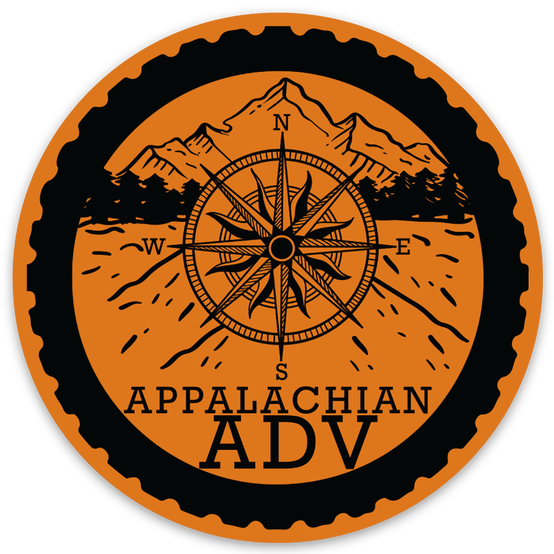
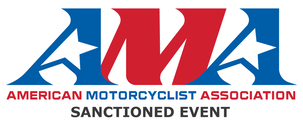

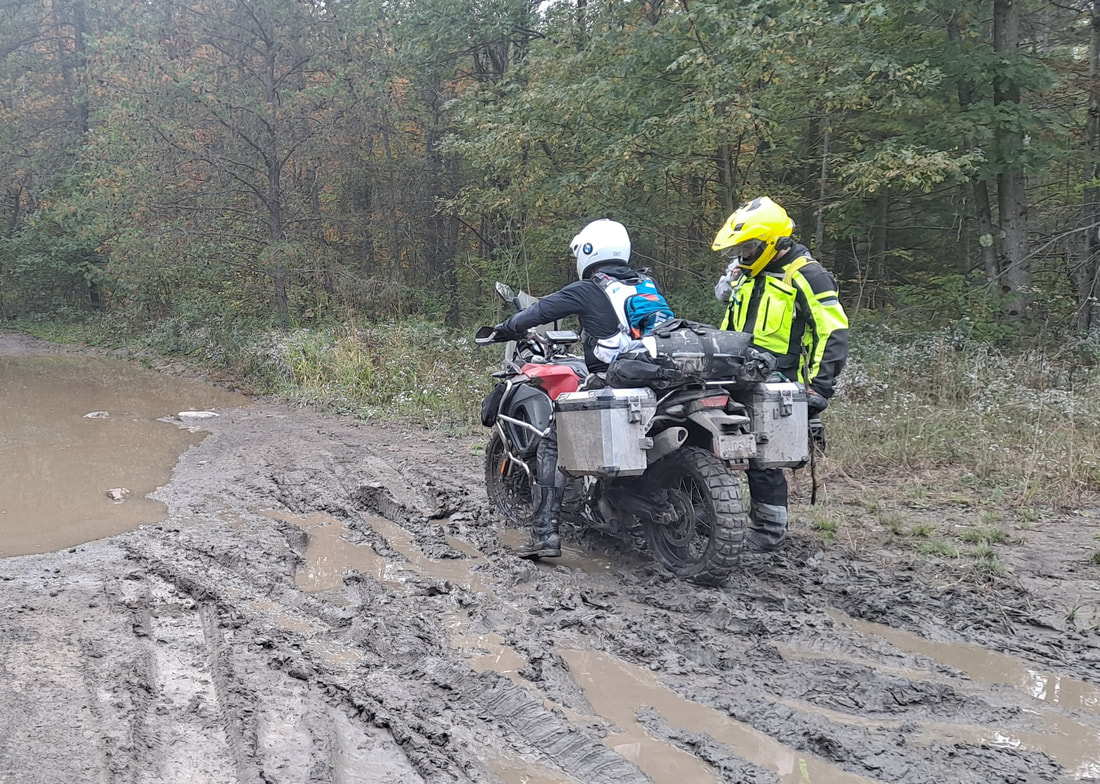
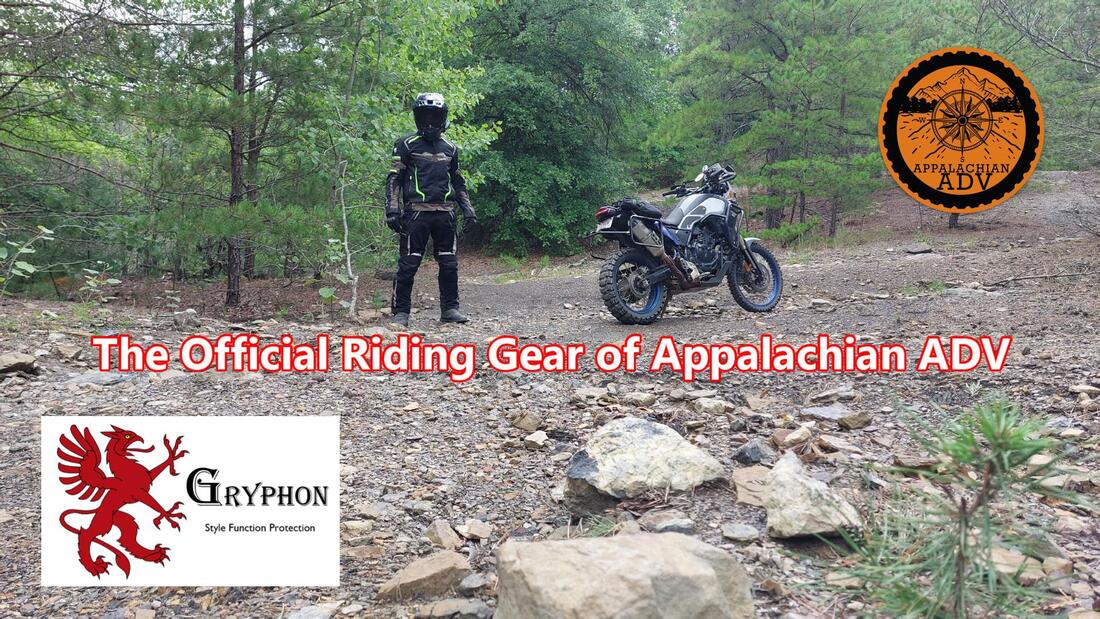
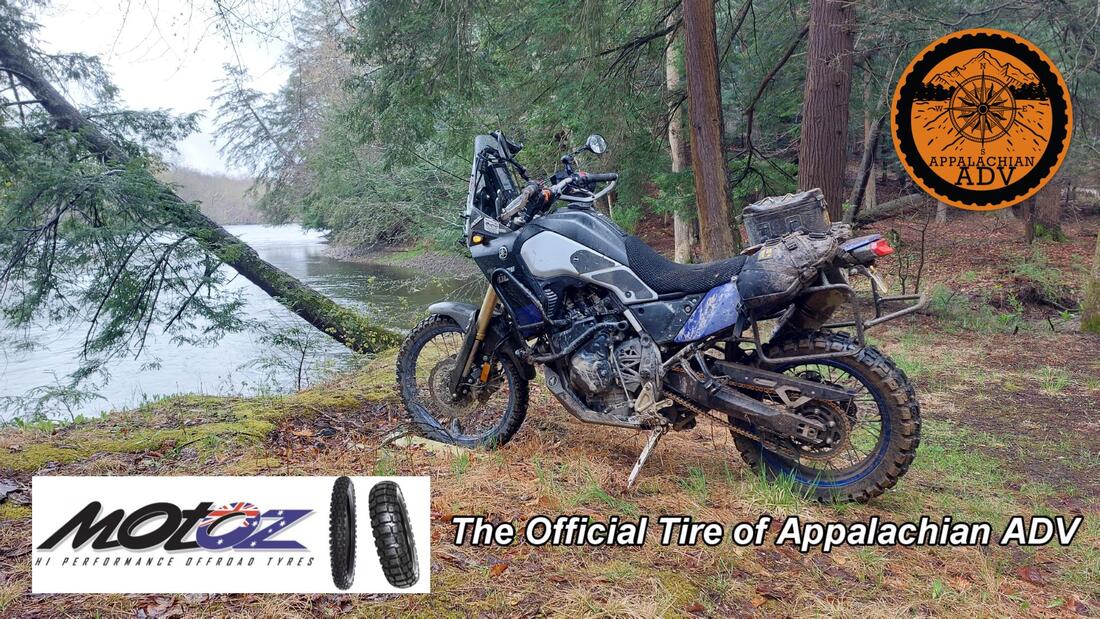
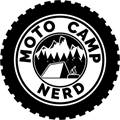
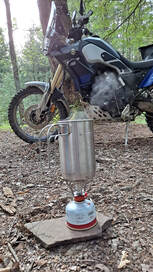


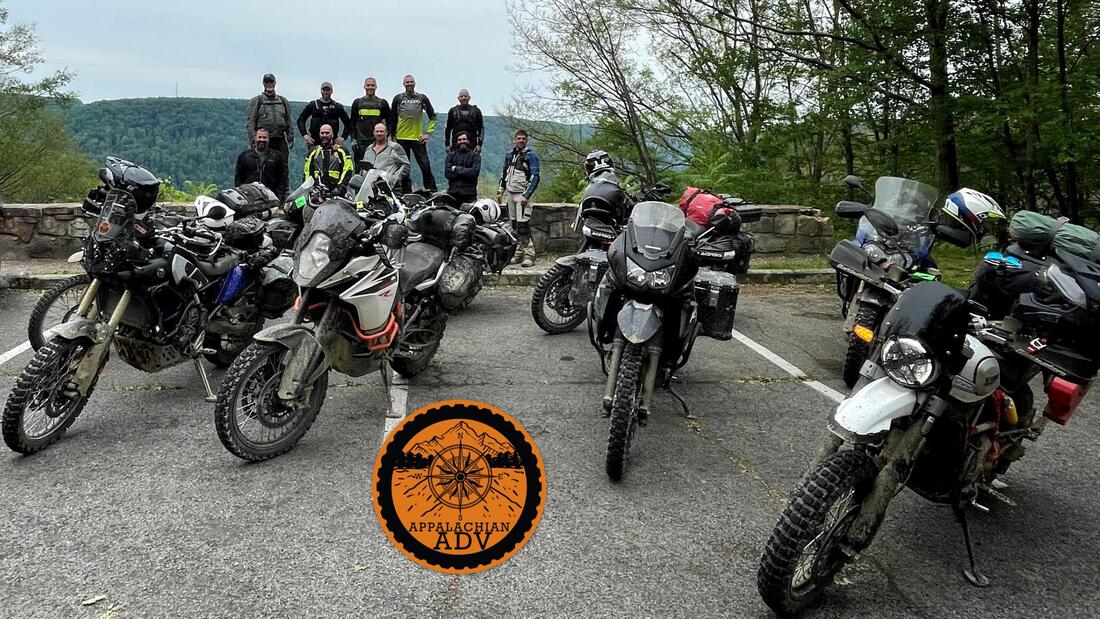




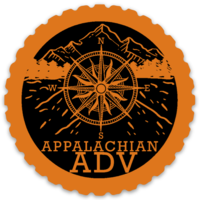
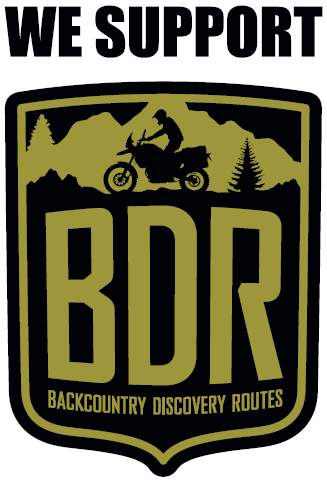
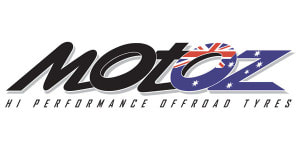
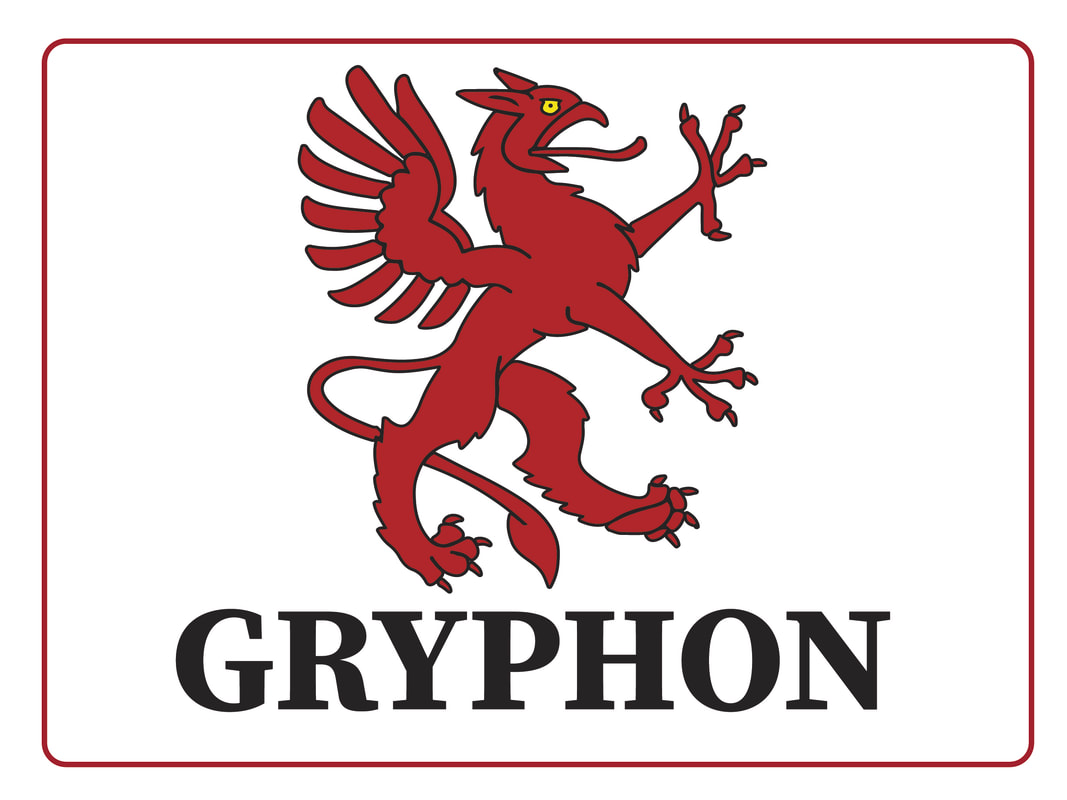
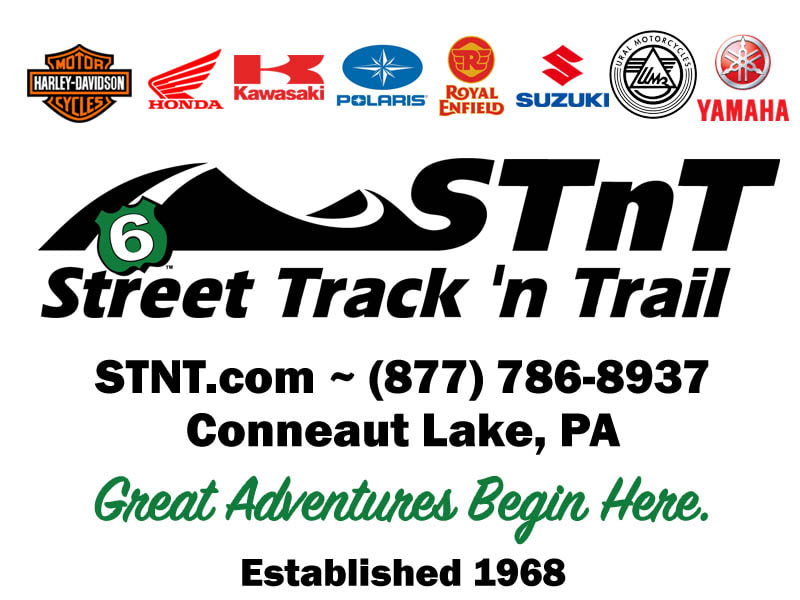

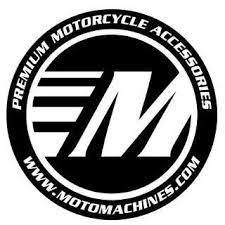
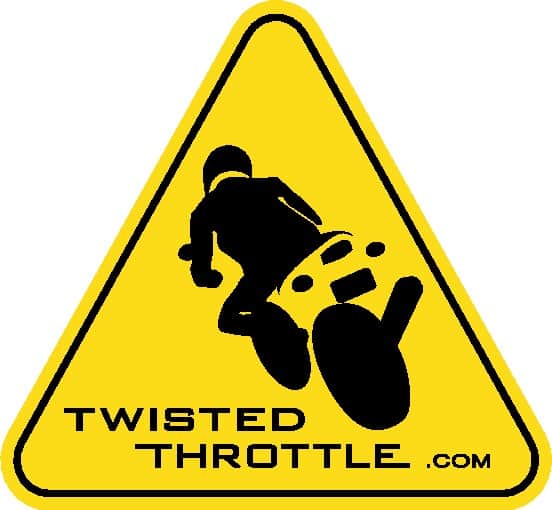
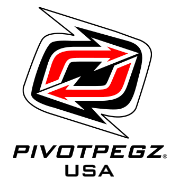

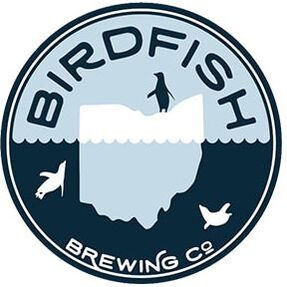

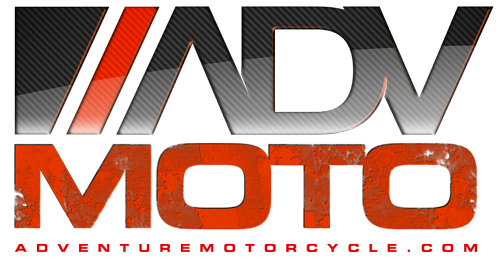
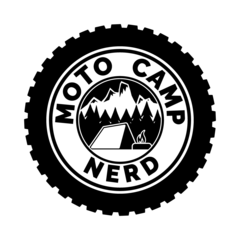
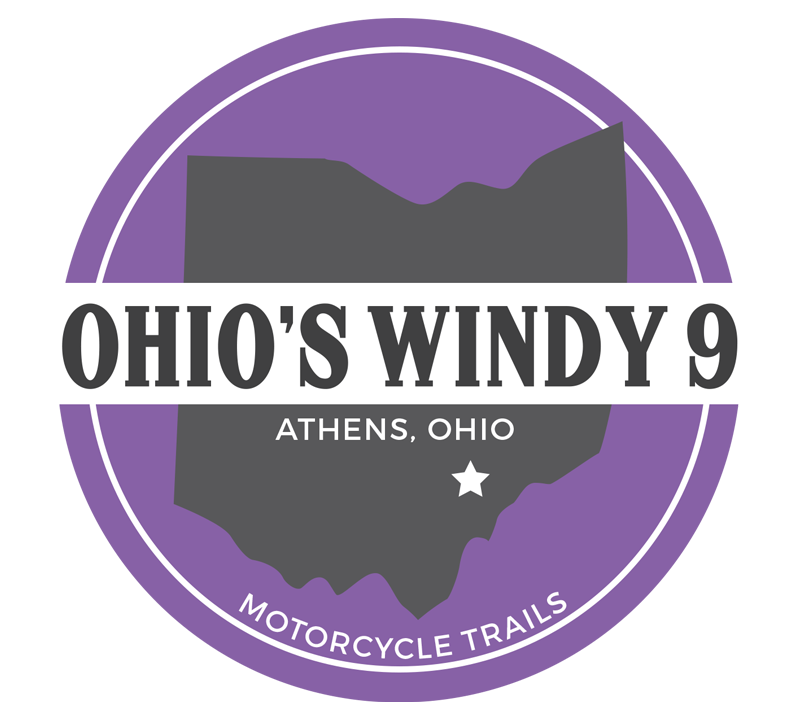
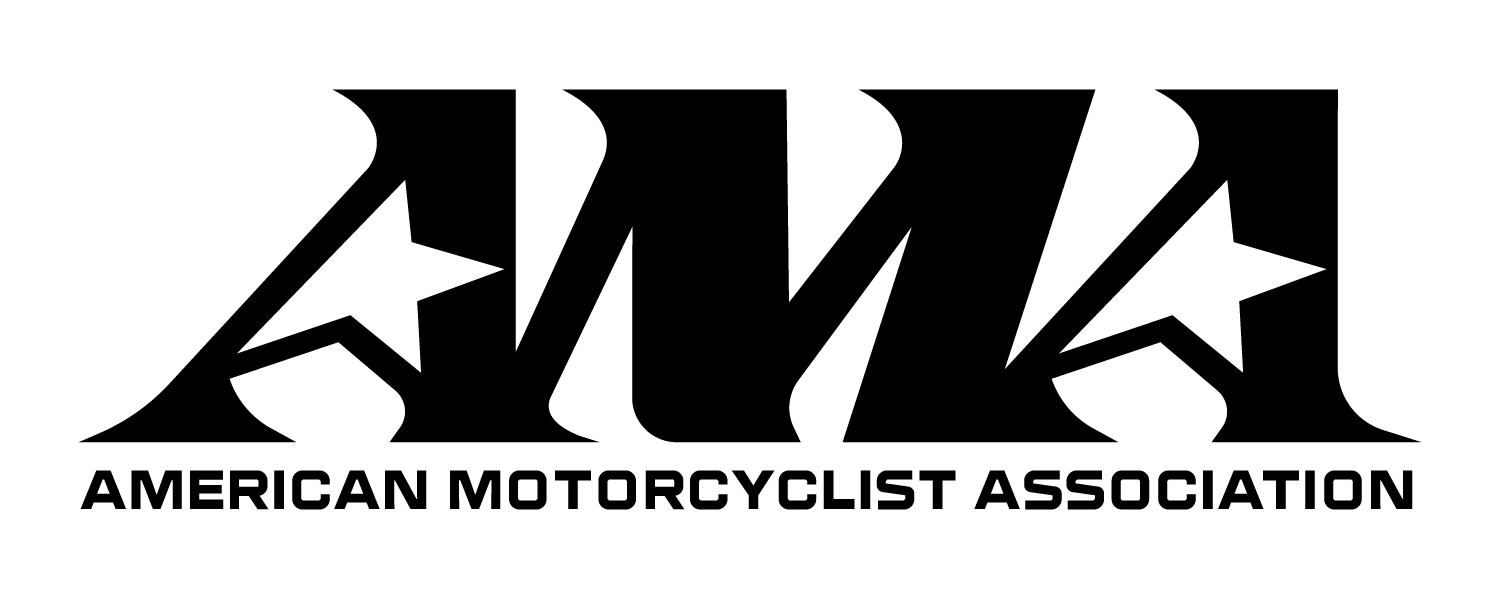
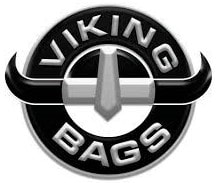


 RSS Feed
RSS Feed